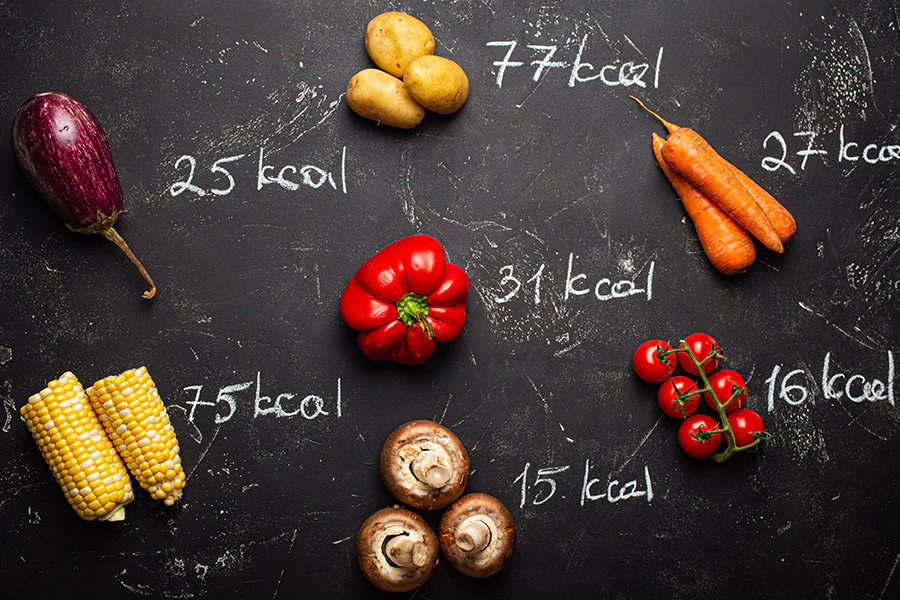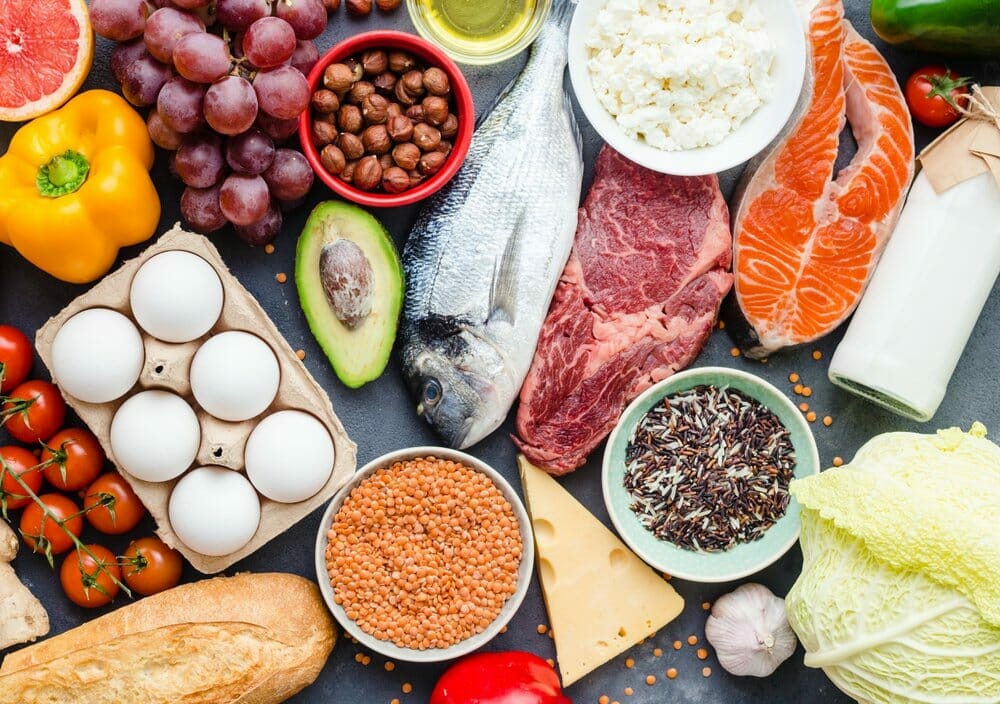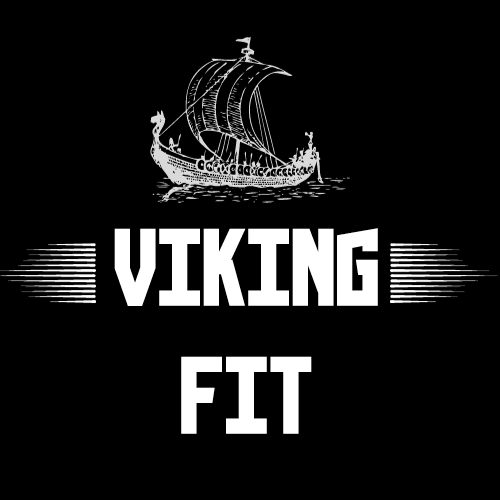How to build muscle and lose fat in 2024 Full Guide For Beginners
Introduction
how to build muscle and lose fat ? Welcome to our guide on mastering body recompositing, where we unveil the secrets to achieving the ultimate fitness goal: building muscle while shedding fat. If you’ve ever wondered if it’s possible to transform your body by simultaneously gaining lean muscle mass and losing stubborn fat, you’re in the right place. In this article, we’ll walk you through actionable strategies to help you master body recompositing and achieve the physique you desire. Whether you’re a seasoned gym-goer or just starting your fitness journey, get ready to learn how to build muscle and lose fat simultaneously,
Table of Contents
Understanding Body recompositing:
Body recompositing is all about reshaping your body by decreasing body fat percentage while increasing lean muscle mass. Unlike traditional approaches where you focus on bulking up first and then cutting down, body recompositing combines both muscle building and fat loss efforts into one cohesive plan. Body recompositing, often referred to as “recomp,” is a transformative approach to fitness that involves simultaneously reducing body fat and increasing lean muscle mass. Unlike traditional methods that focus solely on either fat loss or muscle gain, body recomposition aims to achieve a balance between the two, resulting in a leaner, more defined physique. In this guide, we’ll delve into the principles of body recompositing, discuss its benefits, and provide practical strategies for success.
- Benefits of Body Recomposition: Body recomposition offers several advantages over traditional approaches to fitness, including:
- Improved Body Composition: By simultaneously reducing body fat and increasing lean muscle mass, body recomposition results in a more favorable body composition, characterized by a lower body fat percentage and a higher muscle-to-fat ratio.
- Sustainable Results: Unlike extreme dieting or bulking phases, which often lead to fluctuations in weight and body composition, body recomposition promotes gradual, sustainable progress, making it easier to maintain long-term results.
- Enhanced Metabolic Health: Building lean muscle mass through resistance training can boost metabolism, increase calorie expenditure at rest, and improve insulin sensitivity, leading to better metabolic health and enhanced fat loss.
- Increased Strength and Performance: Resistance training not only enhances muscle size but also improves strength, power, and functional performance, making everyday activities easier and reducing the risk of injury.
- Body recomposition is a transformative approach to fitness that offers numerous benefits, including improved body composition, sustainable results, enhanced metabolic health, and increased strength and performance. By following the principles of calorie balance and resistance training and implementing practical strategies for success, you can achieve your ideal physique and unlock your full potential in your fitness journey. Remember that consistency, patience, and perseverance are key to achieving long-term success with body recomposition.
Nutrition for Body Recompositing
Caloric Intake
- Caloric Deficit: To lose fat, you need to consume fewer calories than your body expends. This creates a caloric deficit, prompting your body to utilize stored fat for energy.
- Conservative Deficit: Aim for a moderate caloric deficit of 250-500 calories per day. A more aggressive deficit may lead to muscle loss and metabolic slowdown.

Macronutrients
- Protein: Protein is crucial for muscle repair and growth. Aim for 1.6-2.2 grams of protein per kilogram of body weight per day to support muscle retention and growth during fat loss.
- Carbohydrates: Carbs provide energy for workouts and support muscle glycogen stores. Focus on consuming complex carbohydrates from sources like whole grains, fruits, and vegetables.
- Fats: Include healthy fats from sources like nuts, seeds, avocados, and fatty fish to support hormone production and overall health.

Meal Timing and Composition
- Pre- and Post-Workout Nutrition: Consume a balanced meal containing protein and carbohydrates before and after workouts to fuel performance and support muscle recovery.
- Nutrient-Dense Foods: Prioritize nutrient-dense whole foods over processed options to meet your micronutrient needs and support overall health.
how to build muscle and lose fat
Resistance Training
Resistance training, also known as strength training or weightlifting, is a fundamental component of any comprehensive fitness regimen. While cardio exercises like running and cycling are valuable for cardiovascular health, resistance training offers unique benefits that extend beyond just building muscle. In this guide, we’ll delve into the importance of resistance training and why it should be a central focus in your fitness journey
- Progressive Overload: Continuously challenge your muscles build and lose fat by gradually increasing resistance, volume, or intensity over time to stimulate muscle growth.
- Compound Exercises: Focus on compound movements such as squats, deadlifts, bench presses, and rows, which engage multiple muscle groups simultaneously for efficient strength and muscle gains.
- Resistance Training Frequency: Resistance training is a vital component of any well-rounded fitness program, offering a wide range of benefits for both physical and mental health. Whether your goal is to build muscle, lose fat, improve athletic performance, or enhance overall health and longevity, incorporating regular resistance training into your routine is essential. By embracing the challenge of lifting weights and pushing your body to new heights, you can unlock your full potential and achieve your fitness goals with confidence and resilience Aim for at least 3-4 resistance training sessions per week, targeting all major muscle groups with adequate rest between sessions.
- Include Cardio: Incorporate moderate-intensity cardio to support fat loss without compromising muscle gains. High-intensity interval training (HIIT) can be particularly effective for burning calories and improving cardiovascular health.

Recovery and Rest
- Sleep: Prioritize quality sleep to support muscle recovery, hormone regulation, and overall well-being. Aim for 7-9 hours of uninterrupted sleep per night.
- Rest Days: Allow for sufficient rest between workouts to prevent overtraining and promote muscle repair and growth.
Consistency and Patience
Title: The Power of Consistency and Patience in Your Fitness Journey
Introduction:
Embarking on a fitness journey is often filled with excitement and motivation, but sustaining progress over the long term requires a different set of virtues: consistency and patience. These two principles are the cornerstones of success in achieving your health and fitness goals, whether you’re aiming to lose weight, build muscle, or improve your overall well-being. In this guide, we’ll explore the importance of consistency and patience in your fitness journey and provide actionable tips for incorporating these principles into your daily life.
- The Importance of Consistency:
Consistency is the key to making lasting changes and achieving sustainable results in your fitness journey. Here’s why consistency matters:
- Builds Habits: Consistently engaging in healthy behaviors, such as exercising regularly and making nutritious food choices, helps solidify habits that become ingrained in your daily routine.
- Establishes Progression: Consistent effort over time leads to incremental progress and improvements in strength, endurance, flexibility, and overall fitness levels.
- Fosters Accountability: Holding yourself accountable to a consistent workout schedule or meal plan helps you stay committed to your goals and overcome challenges along the way.
- Creates Momentum: Consistency creates momentum, making it easier to maintain motivation and continue making progress even when faced with obstacles or setbacks.
- Practicing Patience:
Patience is an equally essential virtue in your fitness journey, as progress often takes time and does not happen overnight. Here’s why patience is crucial:
- Realistic Expectations: Patience allows you to set realistic expectations and understand that meaningful changes in your body composition and fitness level require time, dedication, and perseverance.
- Focuses on Long-Term Success: Instead of seeking quick fixes or instant gratification, patience shifts your focus to long-term success and sustainable lifestyle changes that promote health and well-being.
- Embraces the Process: Patience encourages you to embrace the journey and enjoy the process of self-improvement, rather than fixating solely on the end goal.
- Celebrates Small Wins: Practicing patience allows you to celebrate small victories along the way, acknowledging progress and staying motivated even when the ultimate goal feels distant.
- Tips for Cultivating Consistency and Patience:
Incorporating consistency and patience into your fitness journey requires intentional effort and mindset shifts. Here are some tips to help you cultivate these virtues:
- Set Realistic Goals: Establish realistic, achievable goals that align with your lifestyle, preferences, and capabilities, allowing you to track progress and stay motivated.
- Create a Routine: Establish a consistent workout schedule, meal plan, and sleep routine that prioritize your health and fitness goals, making it easier to stay on track.
- Practice Self-Compassion: Be kind to yourself and recognize that progress is not always linear. Acknowledge your efforts, celebrate successes, and learn from setbacks without being too hard on yourself.
- Focus on the Process: Shift your focus from outcomes to the process of self-improvement, embracing the daily habits and behaviors that contribute to your overall well-being.
- Stay Patient and Persistent: Remind yourself that change takes time and that setbacks are a natural part of the journey. Stay patient, stay persistent, and trust in your ability to reach your goals with consistent effort and dedication.

Conclusion:
Consistency and patience are indispensable virtues that drive success in your fitness journey. By prioritizing consistency in your habits and actions and practicing patience as you progress toward your goals, you can achieve sustainable results and unlock your full potential in health and fitness. Remember that Rome wasn’t built in a day, and neither is your dream physique or optimal level of fitness. Stay consistent, stay patient, and trust in the process. Your journey is worth it.
- Conclusion:
In conclusion, mastering body recompositing is achievable with the right approach and dedication. By implementing the strategies outlined in this guide, including proper nutrition, strategic resistance training, cardiovascular exercise, prioritizing rest and recovery, and maintaining consistency, you can effectively build muscle and lose fat simultaneously.
Remember, the journey to body recomposition requires patience and perseverance. Results may not come overnight, but with consistent effort and commitment to your goals, you’ll gradually see progress. Trust in the process, celebrate your achievements along the way, and stay focused on the long-term benefits of a stronger, leaner, and healthier body.
Whether you’re looking to improve your physique, enhance your performance, or simply feel more confident in your own skin, mastering body recompositing is within your reach. Start implementing these strategies today and embark on your journey to a transformed body and a healthier lifestyle. Your body recompositing success story begins now!
if you these kind of post we recommended you Does Swimming Build Muscle ? Full Guide For Beginners




